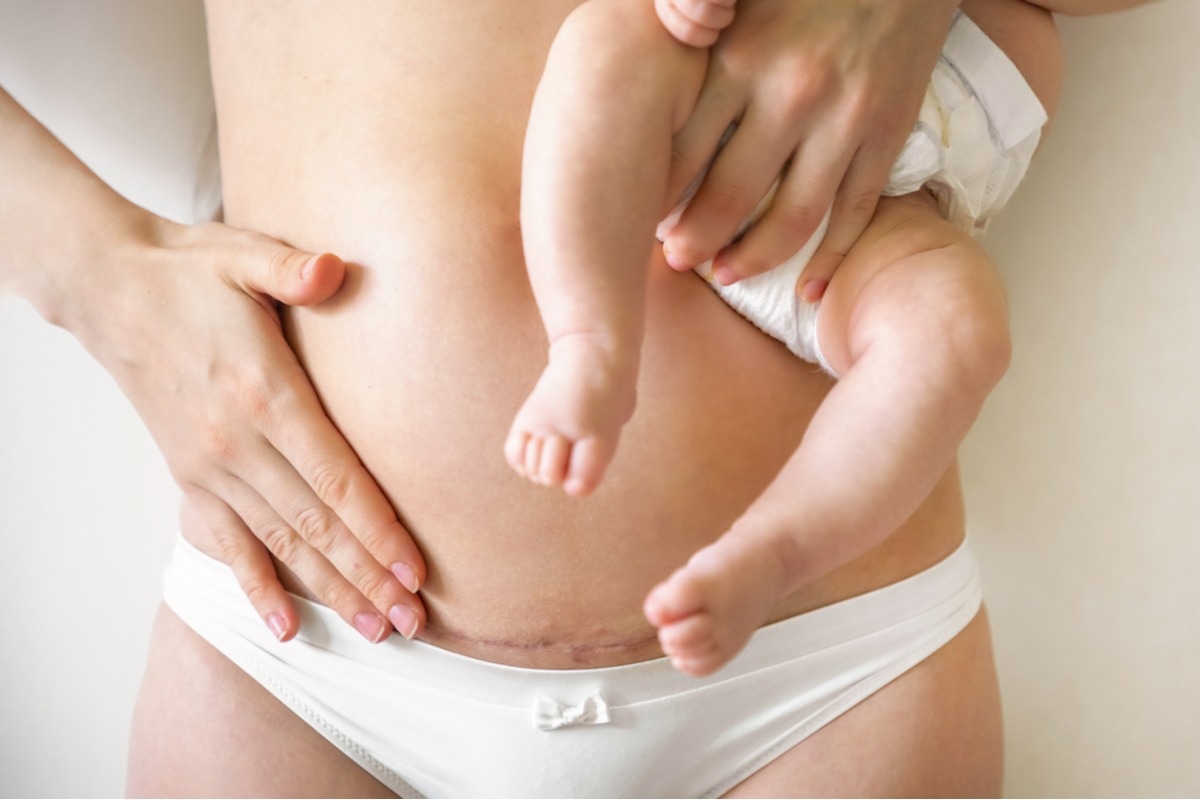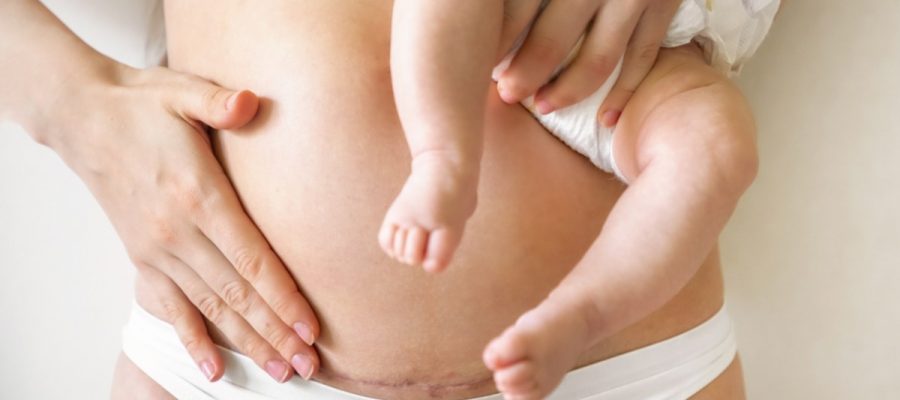A recent editorial published in the BMC’s journal Microbiome pinpoints key questions and knowledge gaps that must be addressed in order to define microbiome deficits and their link to health outcomes in infants born by Cesarian section (C-section), but also to evaluate adequate clinical intervention strategies in this population.

Background
There is a rather sizable body of epidemiological evidence that has linked birth by C-section with an increased risk of various infectious and/or chronic diseases such as autoimmune disorders, asthma, obesity, and even some types of malignant tumors. The answer may lie in the human microbiome or microbiota, which represents an assemblage of living microorganisms in our bodies.
In comparison to vaginal delivery, C-section is associated with perturbations in newborn gut microbiota composition, its diversity and developmental trajectories. One proposed hypothesis is that this procedure distorts the vertical transmission of beneficial microorganisms from the mother to the infant during a crucial developmental window.
Therefore, microbiota restoration for infants born by C-section has been put forth and already tested for safety in small proof-of-concept clinical studies. The approach was also evaluated based on efficacy to make up for a lack of transfer of microbiota from the mother during birth.
Nonetheless, there are still huge gaps in our understanding of the exact processes underneath early microbiota initialization and maturation, and thus far we have not established a direct link between impaired maternal microbiota transfer during birth and acute/chronic illnesses in infants born by C-section.
In this recent Editorial, Dr. W. Florian Fricke from the University of Hohenheim in Stuttgart (Germany) and Dr. Jacques Ravel from the University of Maryland School of Medicine in Baltimore (USA) shared expert perspectives on biological mechanisms, clinical significance, and potential for therapeutic restoration of the neonatal microbiome.
Manifold influences of microbiota and immunity
While colonization with the mother’s microbiota during prenatal development in the uterus is still a controversial topic and possibly non-significant under non-pathological conditions, there may be indirect maternal influences during pregnancy on the newborn’s microbiota.
For example, supplementation with probiotics or intestinal infections in pregnant mice has been demonstrated to affect the offspring's immune system. Similar effects have been observed with the postnatal acquisition of maternal and paternal microbial strains in the first weeks of life.
Furthermore, after birth, co-housing, co-fostering, and breastfeeding in mice have been shown to influence the course of microbiota maturation and immune system development, and may (at least partly) compensate for the deficiency of maternal microbiota transfer during C-section.
Temporary or permanent microbiome impairment?
Most studies so far have shown major compositional microbiota variations between vaginally delivered and C-section infants in the first weeks and months of life that later disappear as a result of maturing infant microbiota towards an adult state. Still, it has to be emphasized how some studies have described detectable microbiota signatures in older children (i.e., 5-7 years of age) born by C-section.
Gut microbiota maturation in infants born vaginally or by C-section seems to follow marked, but converging developmental trajectories. Still, experimental data in mice implies enduring health consequences from even fleeting compositional microbiota alterations, as antibiotic perturbation during a paramount developmental window led to lasting metabolic deficits.
Therefore, instead of acquiring optimal microbial strains from their mothers, C-section-born infants could obtain suboptimal strains from some other alternative sources – including various nutritional approaches. This could in turn result in acute impaired metabolic capabilities with many subsequent consequences for health down the line.
Most important sources for neonatal microbiota inoculation
Maternal vaginal bacterial strains comprise a small, transient fraction of the neonatal intestinal microbiota after birth; on the other hand, it seems that maternal intestinal strains contribute a larger and more persistent portion. It is plausible that both vaginal and intestinal bacteria exert separate, non-overlapping influences on the developing microbiome in newborns.
Successful advances in restoring fecal microbiota composition in infants that were born by C-section, which closely resembles those of vaginally born infants, have been reported both for vaginal seeding (i.e., inoculating a cotton swab or gauze with vaginal fluids to transfer the vaginal flora to the newborn) and maternal fecal microbiota transplantation.
However, many limitations in our mechanistic comprehension of the microbiome initialization, development, and resilience to perturbation at the moment hamper any comprehensive assessment of the acute and lasting functional consequences of C-section for the microbiome and the host, as well as the ultimate health effects of the suggested microbiota restoration treatments.
- Fricke, W.F. & Ravel, J. (2022). More data needed on neonatal microbiome seeding. Microbiome. doi: https://doi.org/10.1186/s40168-022-01282-3 https://microbiomejournal.biomedcentral.com/articles/10.1186/s40168-022-01282-3
Posted in: Medical Research News | Women's Health News | Healthcare News
Tags: Antibiotic, Asthma, Bacteria, Breastfeeding, Children, Chronic, C-section, Efficacy, Fecal Microbiota Transplantation, Immune System, immunity, Malignant, Medicine, Microbiome, Newborn, Obesity, Pregnancy, Prenatal, Probiotics, Uterus, Vaginal, Vaginal Seeding

Written by
Dr. Tomislav Meštrović
Dr. Tomislav Meštrović is a medical doctor (MD) with a Ph.D. in biomedical and health sciences, specialist in the field of clinical microbiology, and an Assistant Professor at Croatia's youngest university – University North. In addition to his interest in clinical, research and lecturing activities, his immense passion for medical writing and scientific communication goes back to his student days. He enjoys contributing back to the community. In his spare time, Tomislav is a movie buff and an avid traveler.
Source: Read Full Article
